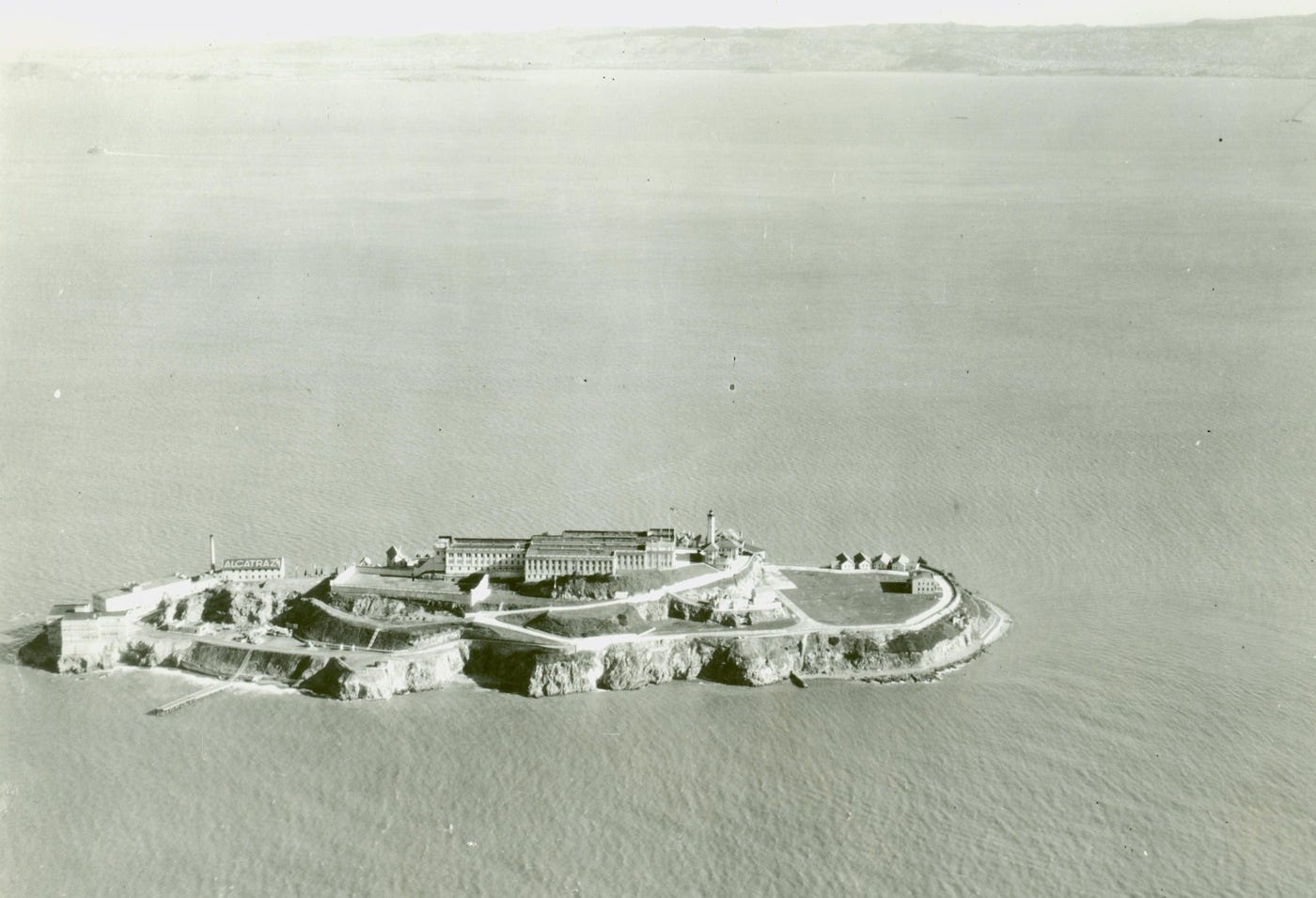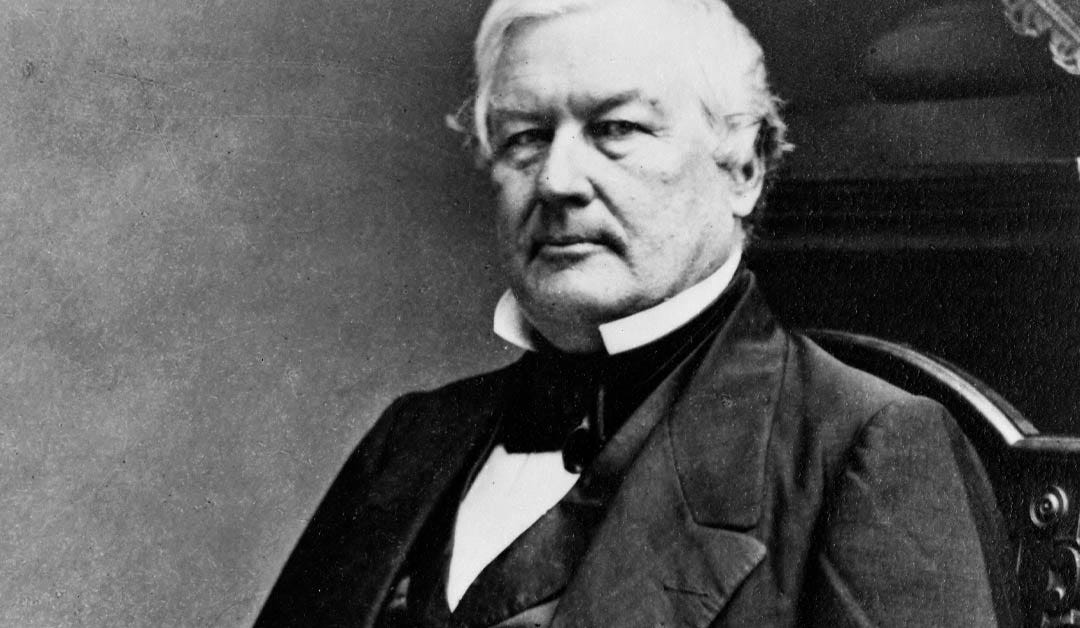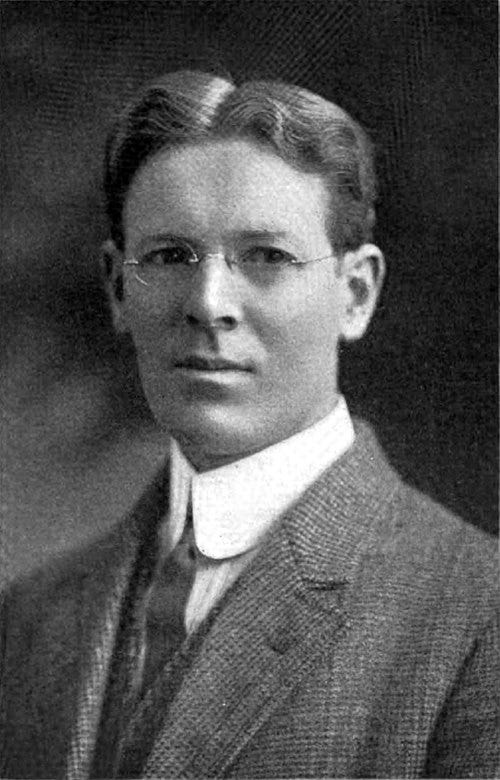Picture a 22.5-acre island, just 1.25 miles from San Francisco’s bustling shores, surrounded by icy waters and swirling currents. That’s Alcatraz, first mapped in 1775 by Spanish explorer Juan Manuel de Ayala, who dubbed it “La Isla de los Alcatraces” for its pelican flocks. Its story began as a lonely outpost, but its isolation made it a natural choice for confinement, shaping its destiny as one of America’s most iconic landmarks.
In 1848, after the Mexican-American War ceded California to the U.S., the government saw Alcatraz’s strategic value. By 1853, under President Millard Fillmore’s orders, it became a military fortress, bristling with over 100 cannons to guard the bay during the Gold Rush. By 1859, it held its first prisoners—military deserters and troublemakers. During the Civil War, it housed Confederate sympathizers, and later, Native American leaders resisting U.S. policies, like 19 Hopi men in 1895. By 1907, it was officially the U.S. Army’s Western Military Prison, with a sprawling concrete cellblock finished in 1912.
Interestingly, the U.S. built a lighthouse to guide ships through San Francisco Bay’s bustling waters—a beacon of safety in a wild frontier. By 1852, the tower stood proud, but it wasn’t until 1854 that its special Fresnel lens arrived, making its light shine brighter to protect sailors. That little delay didn’t stop it from earning bragging rights as the West Coast’s first lighthouse. Tragically, the 1906 San Francisco earthquake shattered the original structure, but it was rebuilt and still shines today, with an 84-foot automated tower!
The island’s most famous chapter began in 1933, when the Army handed it to the Department of Justice. The Great Depression and Prohibition had unleashed a crime wave, and the nation needed a prison for the most dangerous, defiant inmates—men other facilities couldn’t handle. On July 1, 1934, Alcatraz Federal Penitentiary opened under Warden James A. Johnston, earning its nickname “The Rock” for its unyielding structure and barren terrain. It operated for 29 years, housing 1,576 prisoners until March 21, 1963, when high costs—$10 per inmate daily, triple that of other prisons—forced its closure.
Keep reading with a 7-day free trial
Subscribe to Here are the Headlines to keep reading this post and get 7 days of free access to the full post archives.







